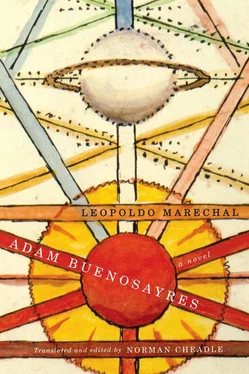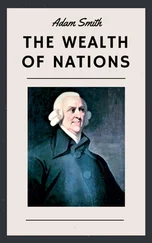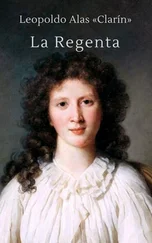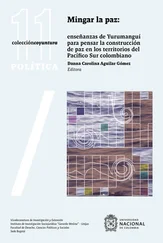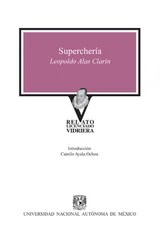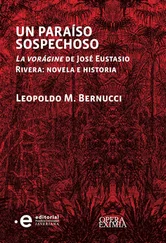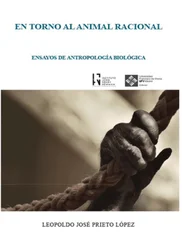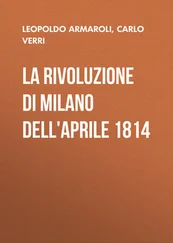78 “En el extremo de una recta / que no se puede prolongar / levantar a dicha recta / una perpendicular.”
79 Personaje in Spanish has a dual meaning that is weakened by its rendering in English as “personage”: (1) a public person of note; and (2) a character in a literary, theatrical, or cinematic work of fiction. The antecedent of Marechal’s “Personage” is the idle, cultured, jaded bachelor of the Argentine patrician class, given literary representation most famously in Eugenio Cambaceres’s Pot pourri (1881), whose protagonist is a dilettantish, failed author; Cambaceres exploits the metaphor of the personaje and the theatrical actor to great effect (see Ludmer). The type is also represented in Lucio Vicente López’s La gran aldea (1884). Ricardo Güiraldes’s novel Raucho , whose hero leaves the ranch for a dissolute life in Paris only to be tormented by nostalgia for the land, is another text haunting the saga of the Personage. However, when Julio Cortázar reviewed Adán in 1949, he saw in this episode a debt to the “bureaucratic picaresque” of Roberto Payró (1867–1928).
80 Godos (Goths) was the derogatory term given by Spanish American patriots to the Spaniards during the Wars of Independence (1810–24).
81 Reference to the Battle of San Lorenzo (see 636n1).
82 Juan Antonio Álvarez de Arenales (1770–1831) was put in charge by General San Martín of a division sent from Chile to liberate Peru from Royalist forces in 1819.
83 The Battle of Ayacucho in Peru (1824), in which the last major stronghold of Royalist forces was defeated, is considered to be the final decisive battle in the Wars of Independence.
84 The region of Provinces of Río de la Plata, once independence was definitively achieved, fell into a series of civil wars along both territorial and ideological lines, especially between Federalists and Unitarians.
85 The so-called Campaña del Desierto reached its climax with the invasion of the south by General Julio Argentino Roca in the late 1870s. The purpose was to reclaim the “desert”; that is, to take possesion of the land not yet occupied by white Argentina by subduing the native peoples. The campaign is considered genocidal by many today.
86 In the character Germán, Marechal is perhaps paying homage to Ricardo Güiraldes, whose Cuentos de muerte y de sangre [Stories of Death and of Blood], as well as his book of poetry exalting the land Cencerro de cristal [Glass Cowbell], was published in 1915, though not to great acclaim as in the case of Germán’s Song in the Blood . However, great acclaim did immediately greet Güiraldes’s Don Segundo Sombra (1926).
87 The unmentioned term is probably cipayo (cognate of the English “sepoy,” an Indian soldier fighting for the imperial British Army), adapted in Argentine nationalist discourse to mean the equivalent of traitor.
88 “El solterón” [The Old Bachelor] is a poem in Leopoldo Lugones’s Los crepúsculos del jardín (1905). In the poem, a lonely old man in his room recalls an old flame, considers writing her a love letter, then gives up the idea when he finds that his rusty old pen no longer writes.
89 El Tigre is a resort town outside Buenos Aires at the delta of the Paraná River, a fluvial area full of islands.
90 Gloria Videla (174) sees in this interpolated story a debt to Ortega y Gasset’s critique, in “El hombre a la defensiva,” of the Argentine male who gains his position for reasons other than merit and competence, who wears a mask which becomes rigid, who suffers a scission between his authentic self and his social role , who “denies his spontaneous self in favour of the imaginary personage he believes himself to be” (Ortega 653).
91 Allusion to the nihilist hero of the poem Les Chants de Maldoror (1869), by the Comte de Lautréamont, pseudonym of Isidore Lucien Ducasse (b. 1846 in Montevideo; d. Paris 1870).
92 “El aeroplano”: a popular waltz composed by Pedro Datta (1887–1934), and a standard in the repertoire of tango orchestras.
93 “Don Esteban”: a tango composed by bandoneonista Augusto Berto (1889–1953), credited with making the bandoneón a standard instrument of tango music.
94 Place Pigalle, in Paris near Montmartre, had been renowned since the end of the nineteenth century for its artists’ studios and literary cafés.
95 Navascués ( AB 630n) detects behind this character a satirical version of tango musician and composer Luis Mandarino (1899–1993), who was born in the Abasto zone and went to perform in Paris with Francisco Todarelli. Marechal recalls the “famous duo Mandarino-Tordarelli” (Andrés 27).
96 Protagonist of Alexandre Dumas’s novel La Dame aux camélias (1848), adapted for stage in 1852, and in 1853 for the Verdi’s opera La Traviata .
97 “Day of Wrath,” a hymn attributed to Tomasso da Celano (c.1200–c.1260) forming part of the Requiem Mass. The phrase comes from the Vulgate version of the Old Testament book of Zephaniah (1:15): Dies irae dies illa tribulacionis et angustiae et miseriae dies tenebrarum et caliginis dies nebulae et turbinis . [“That day is a day of wrath, a day of trouble and distress, a day of wasteness and desolation, a day of darkness and gloominess, a day of clouds and thick darkness”] ( KJV Zeph 1:15). The theme of the Great Day of the Lord will become, in New Testament apocalyptic, that of Judgment Day or the Last Judgment.
98 All figures in the book of Revelation (Apocalypse). On the theme of apocalyticism in Adán , see Cheadle, The Ironic Apocalypse .
99 The children’s game of reaching for a ring on the end of a stick is traditional in merry-go-rounds in Buenos Aires. The city’s older calesitas are now a valued heritage; the municipal government has even published a book, Calesitas de Buenos Aires (Gobierno de la Ciudad Buenos Aires, 2005).
100 In light of the struggle among these mock-ecclesiastical figures, in particular between the Vice-Pope (see 680n102) and the Grand Orisonist, it is tempting to see in the ring an indirect allusion to the Anulus Pescatoris — the Ring of the Fisherman which, symbolically inherited from Saint Peter, bears the seal of the Pope. In Spanish, this ring is termed el anillo del Pescador . It should be pointed out, however, that Marechal does not use the word anillo but its synonym sortija , whose root etonym — Latin sors “lot, fate” — links the image of the merry-go-round to the topos of the wheel of fortune.
101 Vulgate version of the words “touch me not,” words spoken by Jesus to Mary Magdalene when she finds him risen from the tomb, in the Gospel of John (20:17).
102 The Vice-Pope is in fact César E. Pico (1895–1966), one of the founders of the Cursos de Cultura Católica as well as its wing of Christian artists and writers, Convivio . Marechal, in 1968, recalls the anecdote humorously: Pico indeed named himself Vice-Pope, half in jest, in order to combat, on behalf of the too-distant Roman Pope, the “sotanic [sic] pride” of certain priests (Andrés 39). However, what appears as a jovial lark may veil a rather more serious affair; that is, the polemic sustained by Pico in 1937 against Jacques Maritain, a regular visitor to Buenos Aires. Maritain condemned both sides in the Spanish Civil War, effectively witholding support for the “Christian” Franquistas, whereas the Argentine Catholic Nationalists, including Marechal in 1936, supported Franco in line with the official Church position. Maritain’s neutrality, for Pico, was a cop-out. By refusing to take sides, then, Maritain could perhaps be considered “guilty” of Quietism, at least from the perspective of militant orthodox Catholicism. If so, then Schultz’s Orisonists would be caricatures of Maritain’s Argentine followers, such as the priests Raphael Pividal and Augusto Durelli (see Zanca, “Cruzados y pescadores”). Navascués ( AB 635n), however, considers that the polemic was between César Pico and Monseñor Franceschi, Archbishop of Buenos Aires, who in 1933 apparently censured Pico for his open endorsement of Fascism.
Читать дальше
